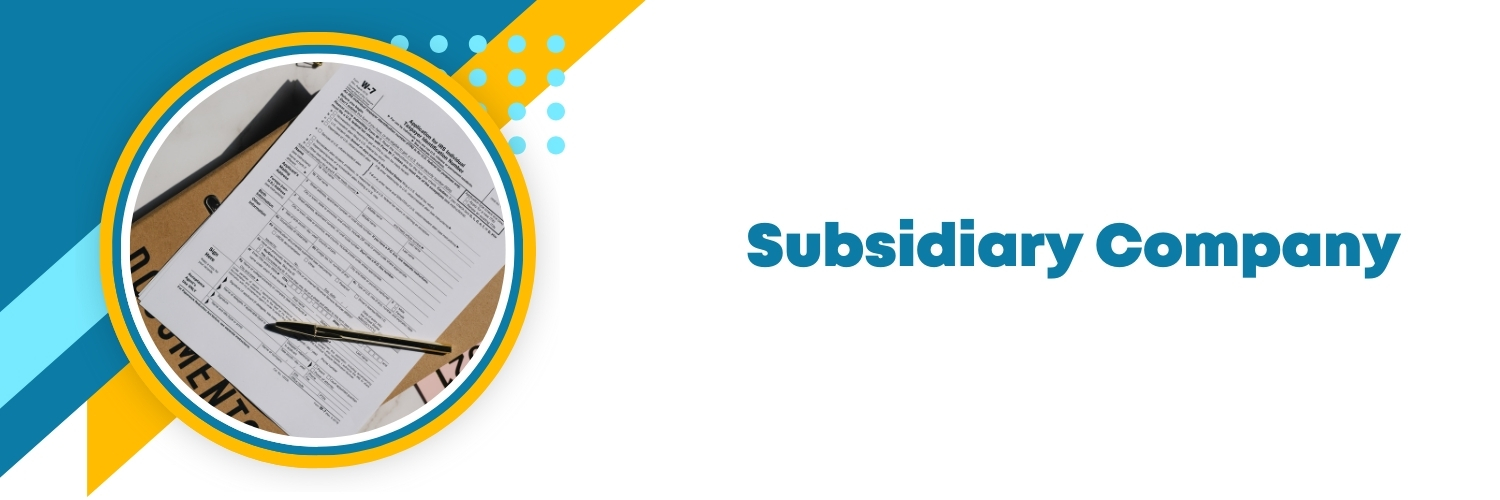GeM: Secure and Efficient Procurement for Businesses

Strong 8k brings an ultra-HD IPTV experience to your living room and your pocket.
In a rapidly evolving digital economy, transparency, efficiency, and inclusivity have become cornerstones of modern governance. Recognizing this, the Government of India launched the Government e-Marketplace (GeM) as a revolutionary step toward transforming public procurement. Designed as a one-stop platform for buying goods and services, GeM is fostering a secure, efficient, and fair environment where businesses of all sizes—startups, MSMEs, and large enterprises—can engage with government buyers.
This article explores how GeM has become the backbone of public procurement in India and why it stands out as a game-changer for businesses looking to scale operations by supplying to government departments.
What is the Government e-Marketplace (GeM)?
The Government e-Marketplace, popularly known as GeM, is an online platform launched by the Ministry of Commerce and Industry in August 2016. It is aimed at streamlining procurement processes and eliminating traditional inefficiencies in public purchasing. Through GeM, central and state government departments, public sector undertakings (PSUs), and autonomous bodies can procure products and services directly from registered sellers.
Built on the pillars of transparency, speed, and cost-effectiveness, GeM replaces the conventional tendering system with a digital, real-time procurement solution. It covers a wide range of categories—from office stationery and IT equipment to consulting services, construction materials, and logistics.
Why GeM Matters for Indian Businesses
The Government e-Marketplace has opened the doors for businesses to access India’s vast public procurement ecosystem. For decades, small businesses were sidelined due to complex tender procedures and lack of access. GeM levels the playing field by simplifying participation, ensuring fair competition, and offering equal opportunities.
Some key reasons why GeM is important for businesses include:
1. Access to Large-Scale Orders: Government entities purchase goods and services worth billions every year. GeM provides a direct link to this demand.
2. Ease of Doing Business: Sellers can register easily, list products, and receive orders—all online.
3. Prompt Payments: Buyers are required to make payments within 10 days, ensuring liquidity for businesses.
3. No Middlemen: Direct interaction between buyer and seller reduces corruption and delays.
4. Support for MSMEs: Special provisions and preferences are offered to Micro, Small, and Medium Enterprises (MSMEs), startups, and women entrepreneurs.
How the GeM Procurement Process Works
The procurement journey on the Government e-Marketplace follows a seamless digital flow. Here's how it works for a business:
1. Registration: Businesses must register as sellers or service providers on the GeM portal. The required documents include PAN, GST registration, Udyam certificate (for MSMEs), and bank account details.
2. Product Listing: Sellers list their products or services along with specifications, pricing, and delivery terms.
3. Order Placement: Government buyers browse the catalog and place orders based on the best value and required compliance.
4. Delivery & Payment: After fulfilling the order, sellers generate an invoice and receive payments within the stipulated time.
This intuitive and transparent process ensures fair competition and ease of operation for suppliers.
GeM for MSMEs and Startups
One of the most impactful features of the Government e-Marketplace is its MSME-centric policies. Recognising the role of small businesses in India’s economy, GeM has introduced several incentives:
• Startup Runway: A special initiative for startups to showcase innovative products or services, even if they are not yet part of large production chains.
• Direct Purchase Mode: Buyers can directly purchase products worth up to ₹25,000 without comparison, often benefiting small suppliers.
• L1 Purchase Preference: MSMEs offering the lowest price get preference even in certain bid situations.
• Paperless Onboarding: Simplified documentation and Aadhaar-based verification accelerate the registration process.
By integrating MSMEs into government procurement, GeM is nurturing a more inclusive economic ecosystem.
Security and Transparency on GeM
Security and transparency are at the core of the Government e-Marketplace. The platform uses modern encryption, multi-layer authentication, and audit trails to ensure every transaction is safe and traceable.
• e-Bidding and Reverse Auctions: Competitive pricing is encouraged through transparent bidding processes.
• Digital Contracting: All purchase orders and service contracts are generated electronically, reducing the scope for manipulation.
• Vendor Rating System: Buyers provide feedback and ratings for sellers, which boosts credibility and trust within the ecosystem.
This high level of transparency significantly reduces malpractices that have historically plagued public procurement.
Categories Available on GeM
The Government e-Marketplace supports a wide array of product and service categories. As of now, businesses can offer:
• Products: Laptops, printers, medical equipment, furniture, vehicles, construction materials, etc.
• Services: Cloud hosting, manpower services, consultancy, training, logistics, facility management, and more.
This diversity allows companies across sectors—IT, healthcare, education, logistics, and construction—to benefit from government orders.
Integrating GeM with Other Government Initiatives
GeM is not a standalone platform—it complements other flagship initiatives like Digital India, Make in India, and Startup India.
• Digital India: Encourages online procurement and transparency in governance.
• Make in India: Promotes domestically manufactured products by giving preference to local suppliers on GeM.
• Startup India: Helps innovative startups reach government buyers and scale rapidly.
This integration helps reinforce India’s economic vision while offering robust support to local businesses.
How to Get Started on GeM
Businesses can begin their GeM journey by visiting the official portal (https://gem.gov.in). The step-by-step process includes:
• Visit the portal and choose 'Seller Registration'
• Submit business and tax details (PAN, GSTIN)
• Upload product catalogs or service profiles
• Await approval and start receiving orders
Once registered, sellers can also participate in tenders, receive notifications, and monitor buyer interactions—all from a centralized dashboard.
Conclusion
The Government e-Marketplace (GeM) has redefined public procurement in India, making it more democratic, secure, and efficient. For businesses, it represents a golden opportunity to expand their customer base by selling directly to government departments. Whether you are a seasoned exporter, a growing startup, or an MSME with niche offerings, GeM provides a powerful platform to thrive in the competitive Indian market.
By embracing technology, simplifying processes, and ensuring prompt payments, GeM has truly become a symbol of good governance and business empowerment. If you haven’t yet explored its potentihttps://www.compliancecalendar.in/gem-registrational, now is the time to register, list, and grow with the digital procurement revolution.
Note: IndiBlogHub features both user-submitted and editorial content. We do not verify third-party contributions. Read our Disclaimer and Privacy Policyfor details.







